
Choral singing of Georgia - features of polyphonic singing in traditional Georgian performance.
The musical folklore of Georgia is diverse. A distinctive feature of the performance is polyphonic singing, which originates in ancient times. The salamuri pipe is a musical instrument that appeared on the territory of Georgia before the beginning of our era, in the 11th century
Get to know choral singing in Georgia ⬇️
The origins of the spiritual culture of the Georgian people are lost in the depths of centuries and have rich traditions. Folk music in Georgia is a unique cultural phenomenon.
The musical folklore of Georgia in different regions of the country has its own distinctive features.
Choral singing in Georgia
The first mentions of the choral singing of tribes during holidays, military campaigns or other joint activities are found in the writings of the ancient Greek historians Xenophon and Strabo. After the Christianization of Georgia, choral folk singing also became ecclesiastical. Scientists have read musical notes of church hymns dating back to the X century: the monk M. Mondrekili compiled their systematized collection with special musical notations that differ from Western ones.
A characteristic feature of Georgian folk music is vocal polyphony or polyphonic singing – a special vocal technique of singing in three voices. In historical sources there is information about the existence of such singing back in the VIII century, although initially the songs were performed in two voices. Over time, the vocal technique has improved.
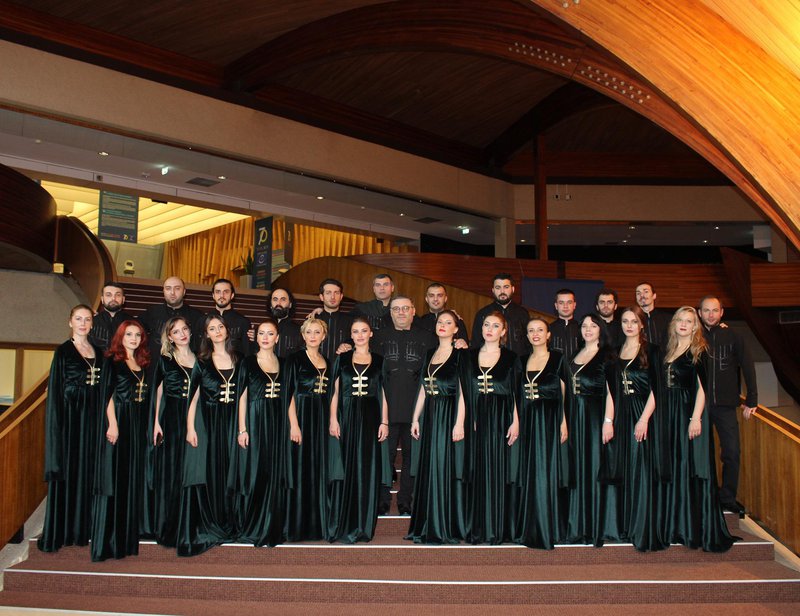
Folk music in Georgia
Georgian music is tonal, filled with smooth overflows. During the choral performance, the singers' voices sometimes move away from each other, then they are harmoniously connected again. Solemn songs are emotional in performance, and church hymns are more melodic, soothing. It is noteworthy that choral singing is an occupation mainly of men. Mixed choirs, in which not only men but also women sing, are quite rare, mainly in Mingrelia.
The most pronounced polyphony can be heard in Western Georgia, especially in Guria. For the East of Georgia, it is characteristic to conduct a melody without words in one low voice, on which other, higher voices are superimposed on top, creating an amazingly beautiful consonance. The traditional three-voice of Svaneti is built on a scale of five sounds.
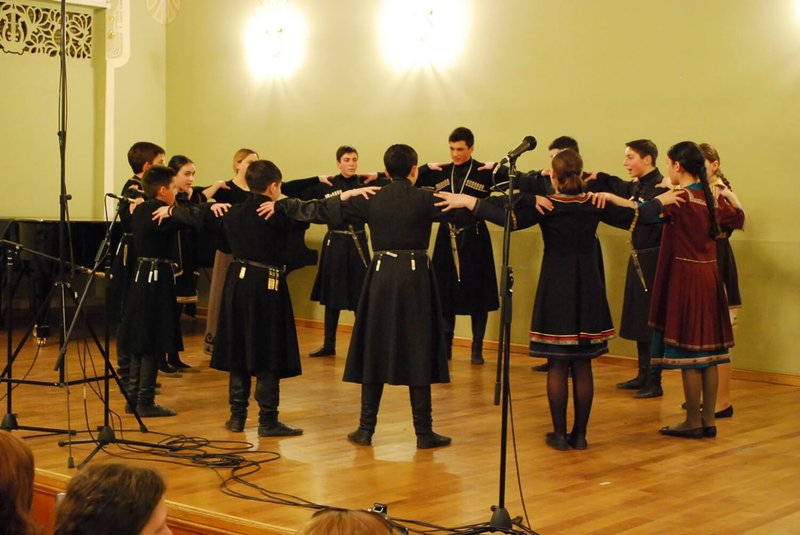
Georgian Folklore in Music
Songs of Georgian folklore can be divided into four types – these are labor songs; songs performed during rituals, drinking, dancing.
In the XIX century, a new genre of Georgian folk music emerged, the so-called urban singing. This genre was born under the influence of Western music penetrating the country, which began to be combined with traditional polyphony. The urban song is simple to perform, easy to remember, sung to the accompaniment of a guitar or piano.
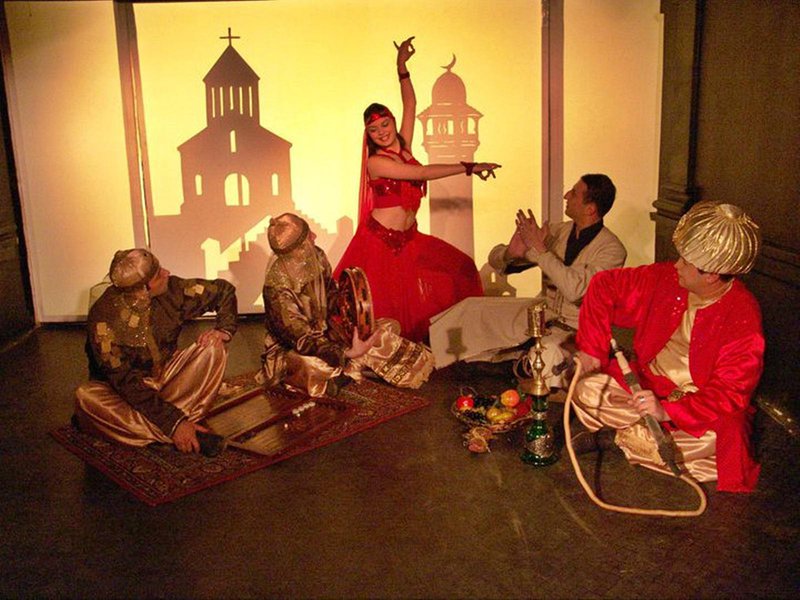
Traditional musical instruments of Georgia
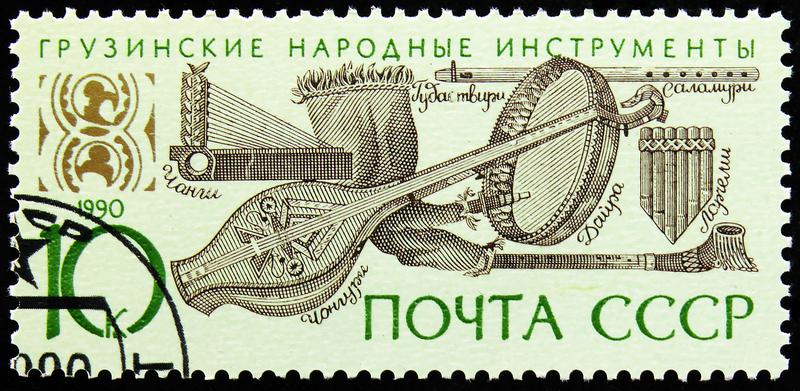
Georgian folk music cannot exist without traditional folk instruments. After all, the songs were performed not only "a cappella", but also with instrumental accompaniment. There are a great many folk instruments in Georgia: strings and percussion, wind instruments and keyboards. They played on a three–stringed plucked panduri (shaped like a lute) and on its improved version - a bowed chonguri. Doli, a small wooden cylinder tightly covered with leather, and dapdapi, a wooden tambourine also covered with leather, were also widely used.
The oldest archaeological find near the city of Mtskheta is the Salamuri pipe, dating from the XI – XII centuries BC. The found pipe was made of swan bone. There are two types of salamuri: lingual and non-lingual, which differ in shape, materials of manufacture and extracted sounds. As a rule, the lingual salamuri is made of reed, the tongue–less one is made of apricot wood. In western Georgia, a multi-barrel salamuri is common, that is, made not of one, but of six tubes connected by a belt.
The musical folklore of Georgia is diverse and unique, has a huge number of admirers around the world. In 2001, the Georgian song was recognized by UNESCO as a masterpiece of oral intangible heritage.










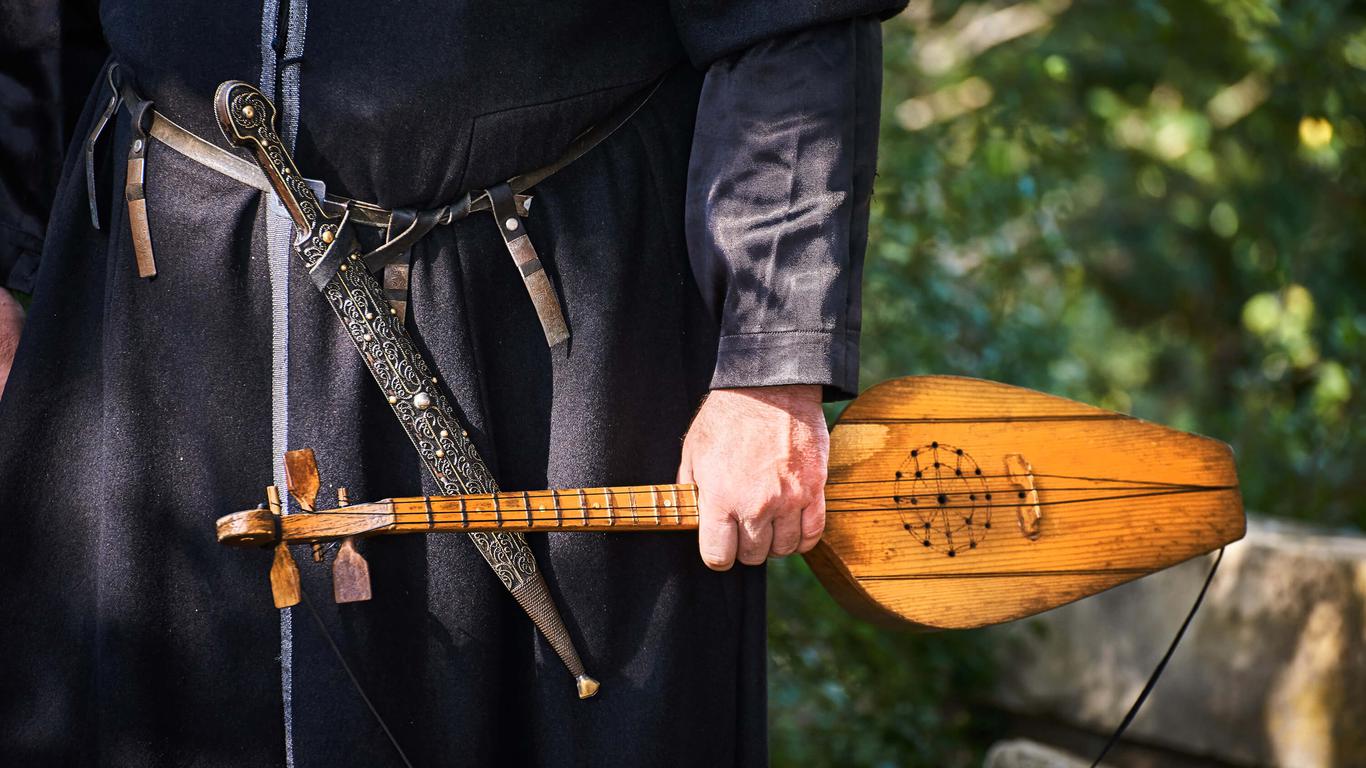
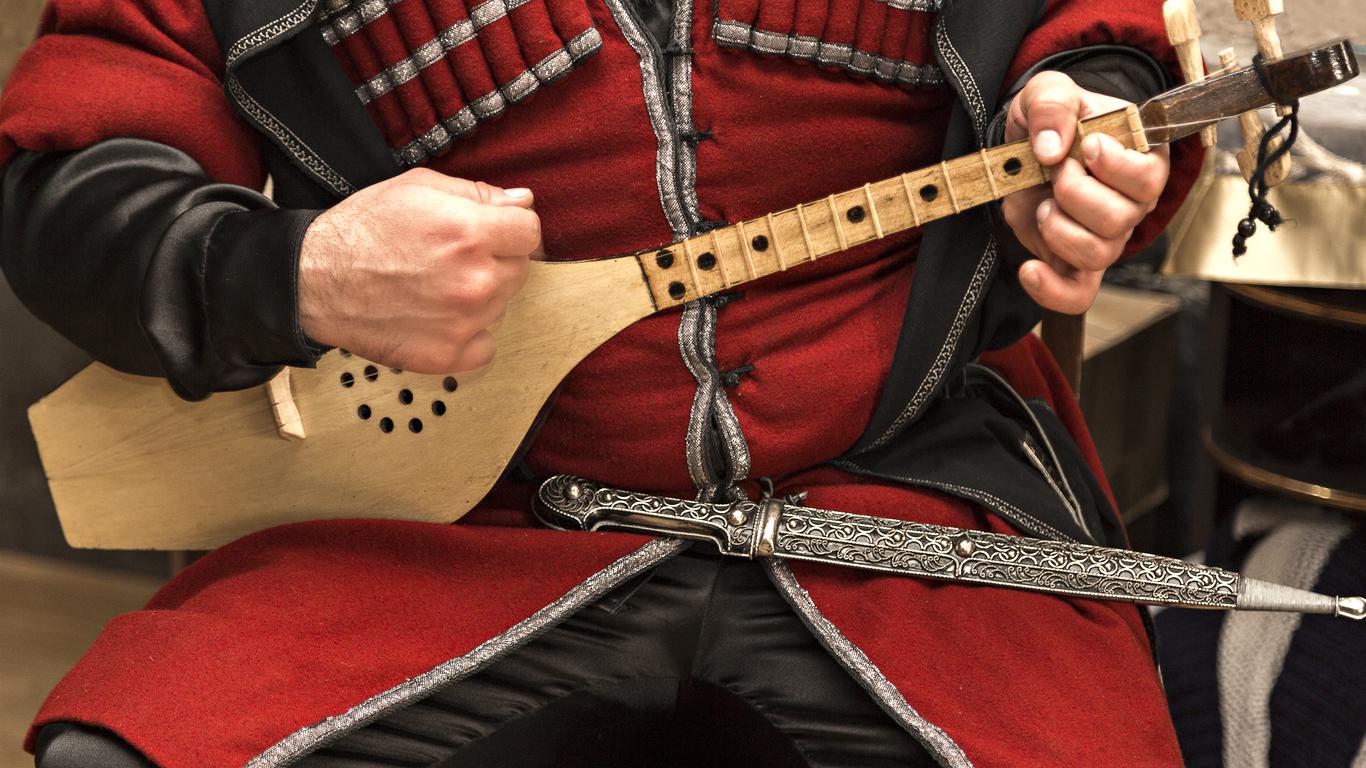

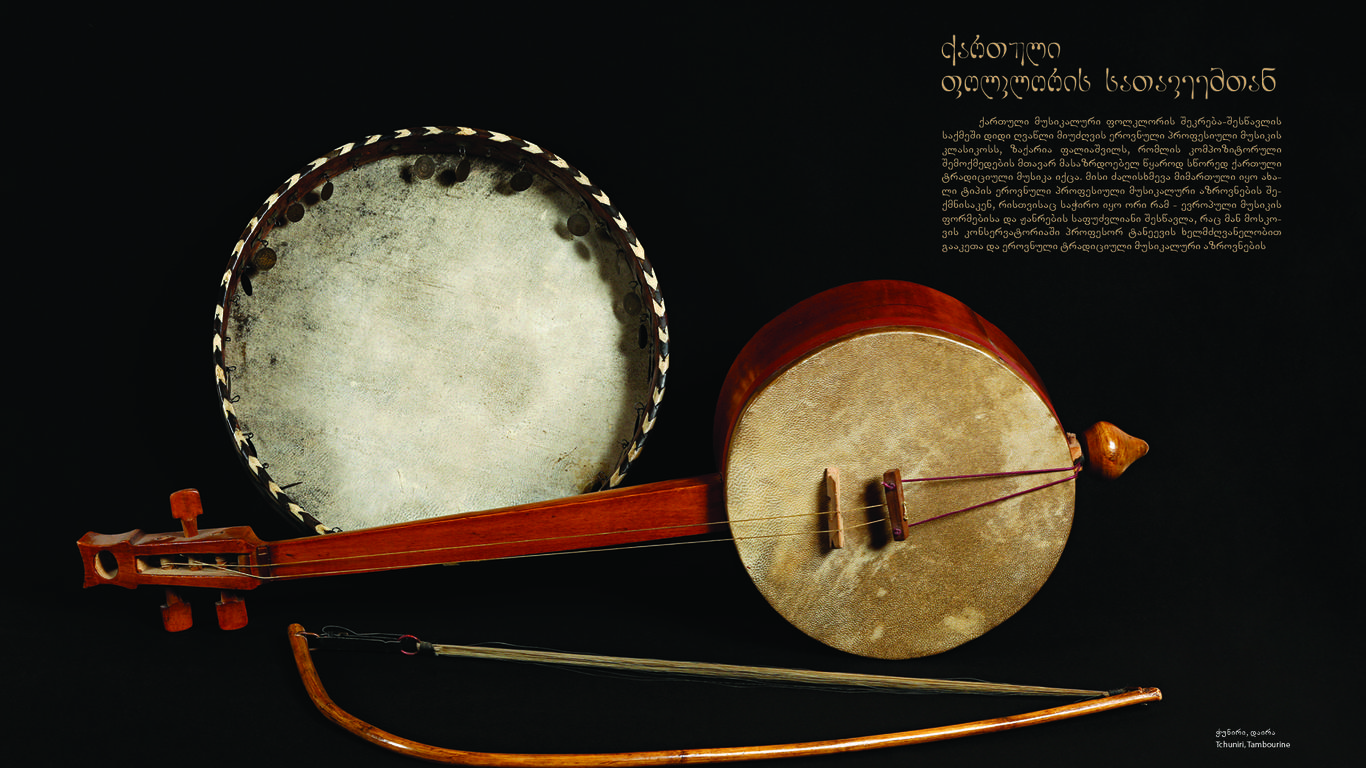


39 comments
Log in to leave a comment
Такого хорового исполнения я не слышала ни у одного народа!
И в целом, музыка Грузии это романтика, красота и жизнерадостность.
Грузинская народная музыка отличается уникальным звучанием и мелодичностью. Она переплетает в себе разнообразные музыкальные стили, отражая разнообразие регионов и традиций Грузии.